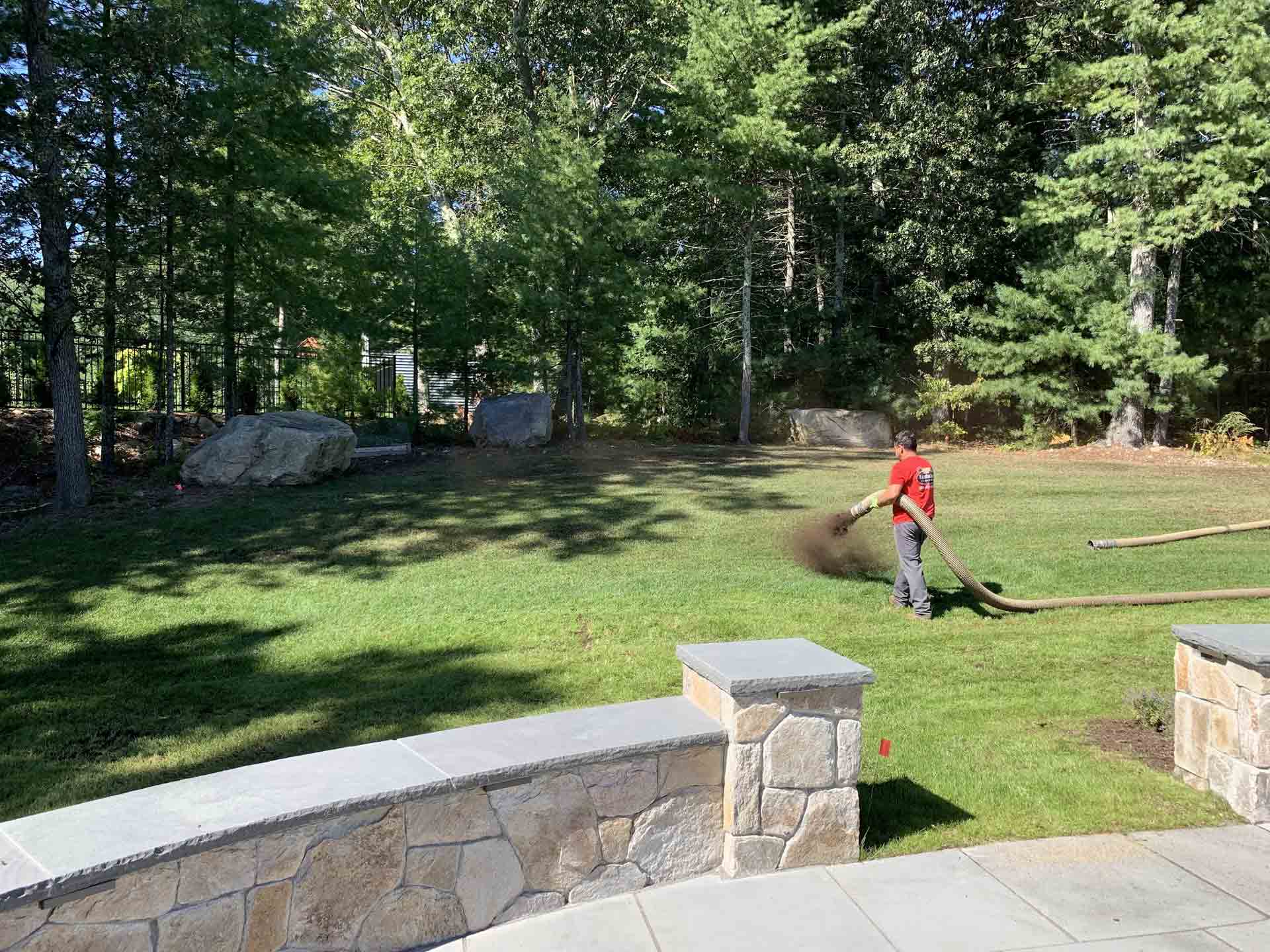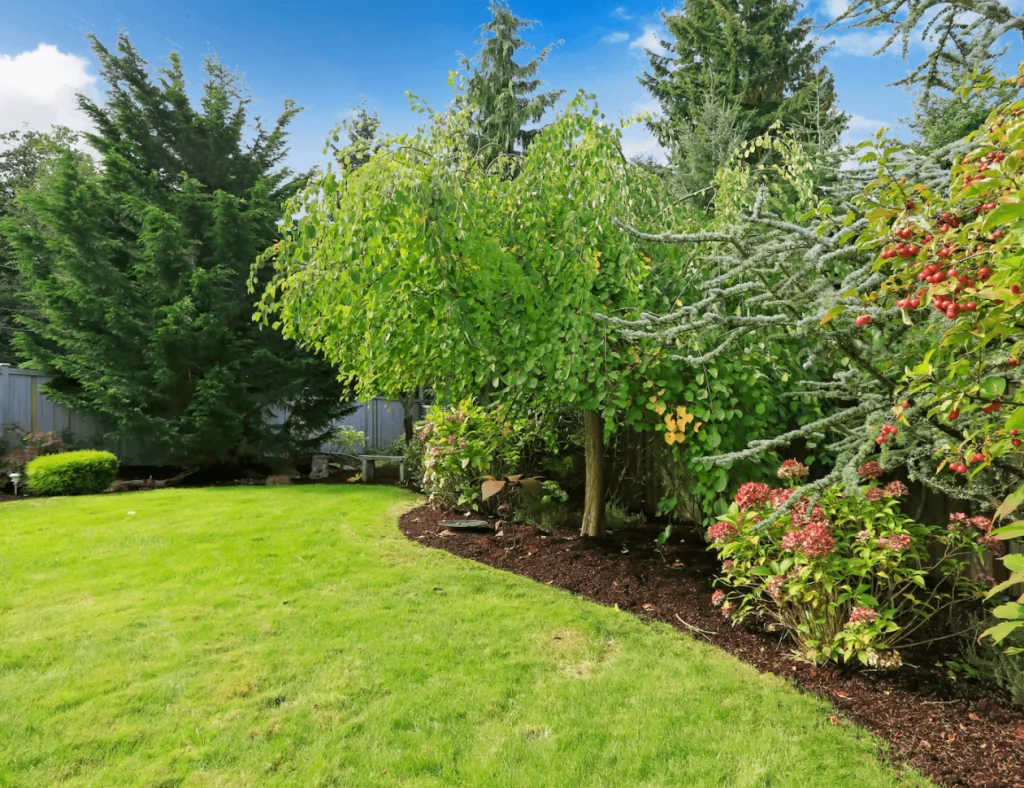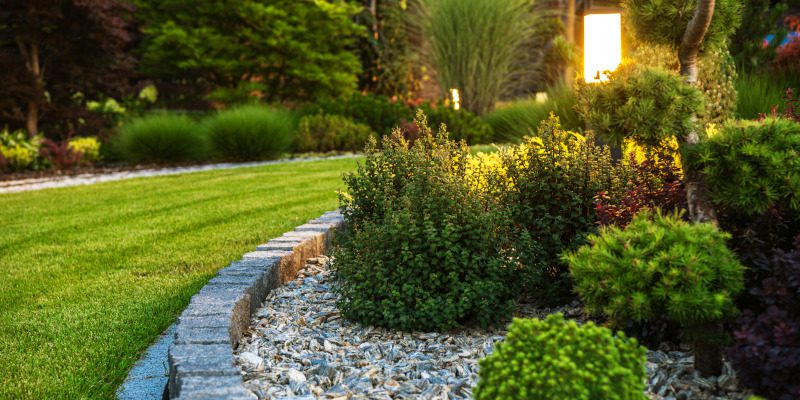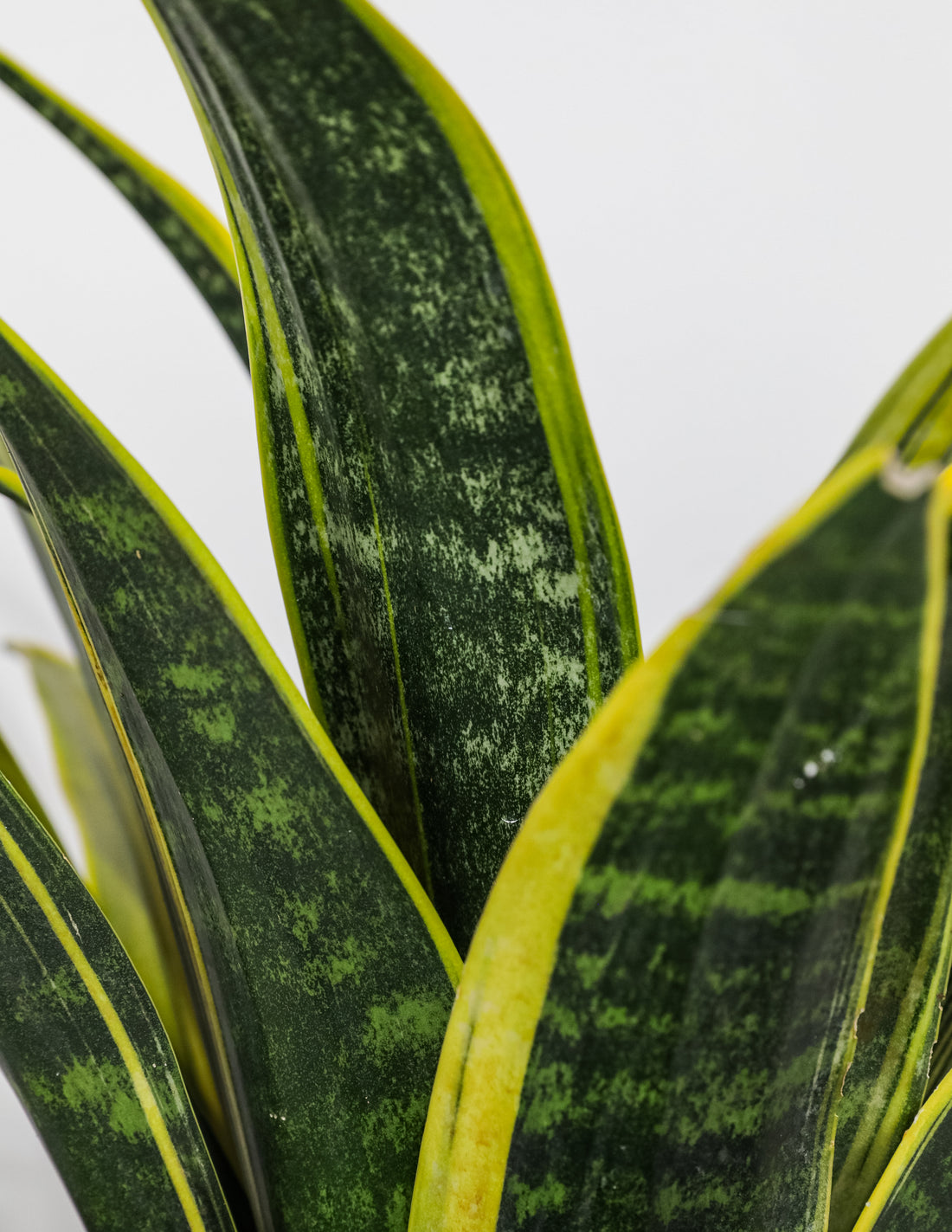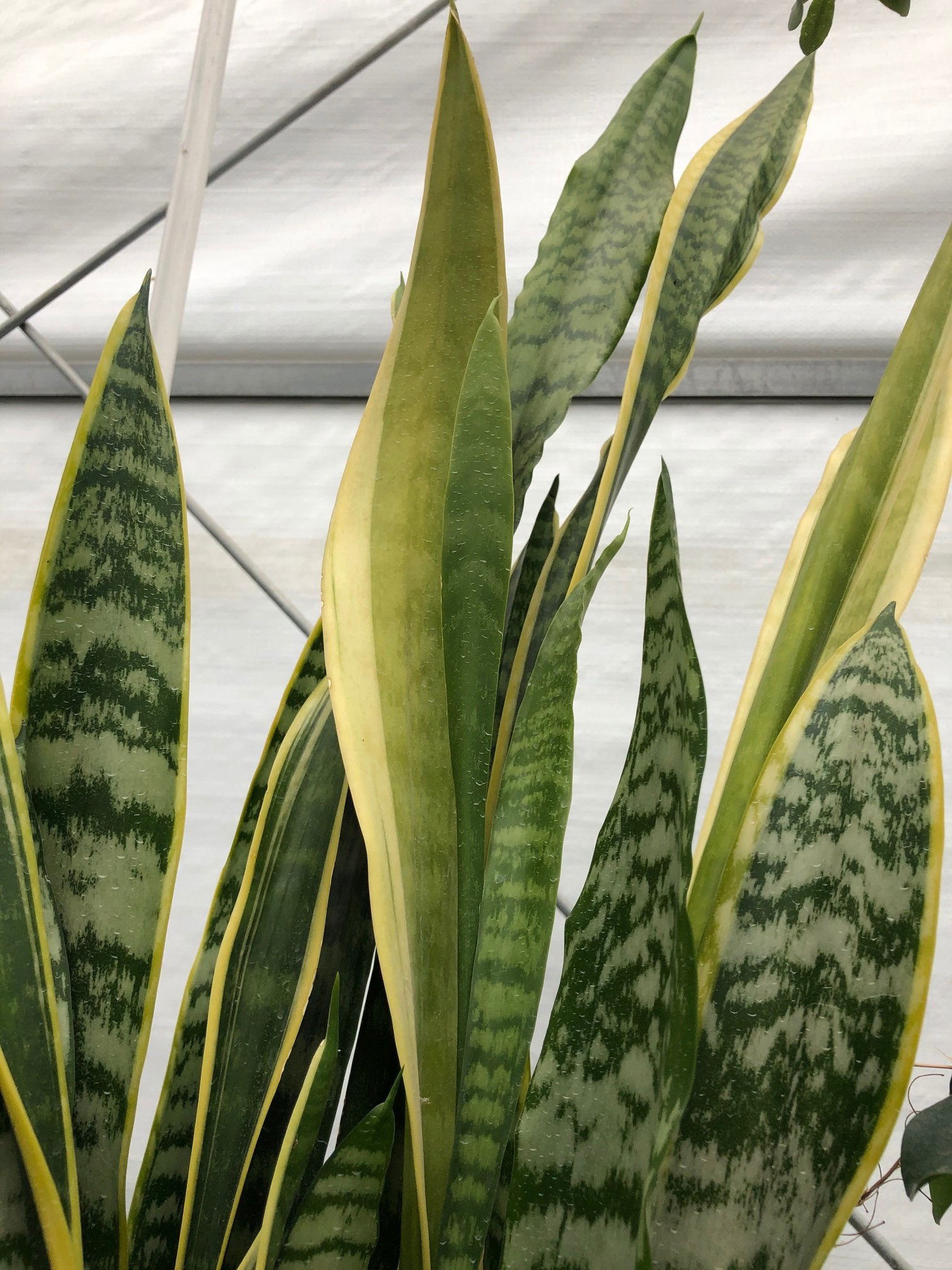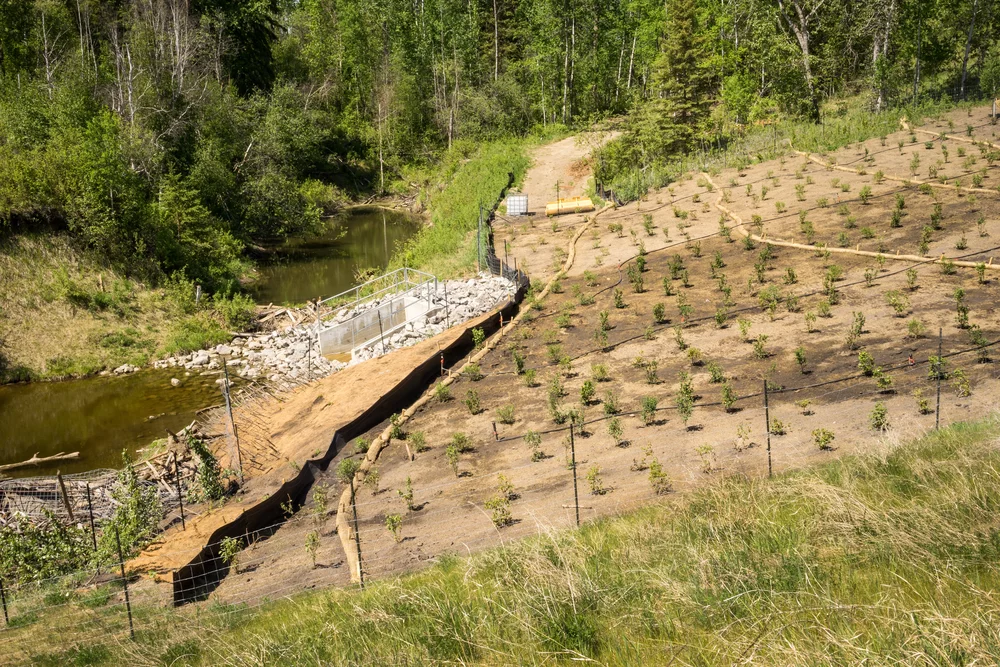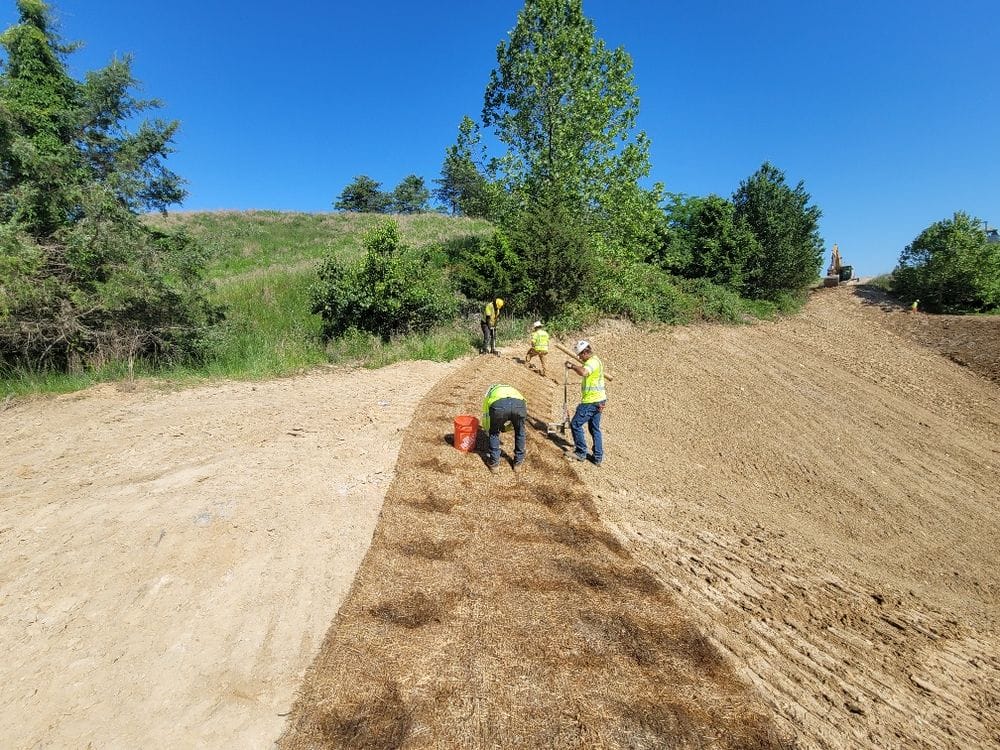Professional Landscaping Services for Sustainable Outdoor Improvement
Enhancing exterior areas with professional landscaping solutions can use greater than just visual charm; it can grow a lasting atmosphere that profits both property owners and the earth. From choosing native plants to executing water preservation strategies and making use of environmentally friendly hardscape services, the opportunities for lasting exterior makeover are large. By understanding the relevance of maintenance techniques that support sustainability, professional landscapers can absolutely make an enduring effect on the outdoor rooms they service.
Benefits of Sustainable Landscape Design
Lasting landscaping provides numerous ecological and economic advantages for both residential property owners and the area. By carrying out sustainable methods such as xeriscaping, making use of native plants, and minimizing water use, building proprietors can considerably minimize their environmental impact. These approaches not only preserve water but additionally advertise biodiversity and minimize the demand for damaging chemicals and fertilizers.
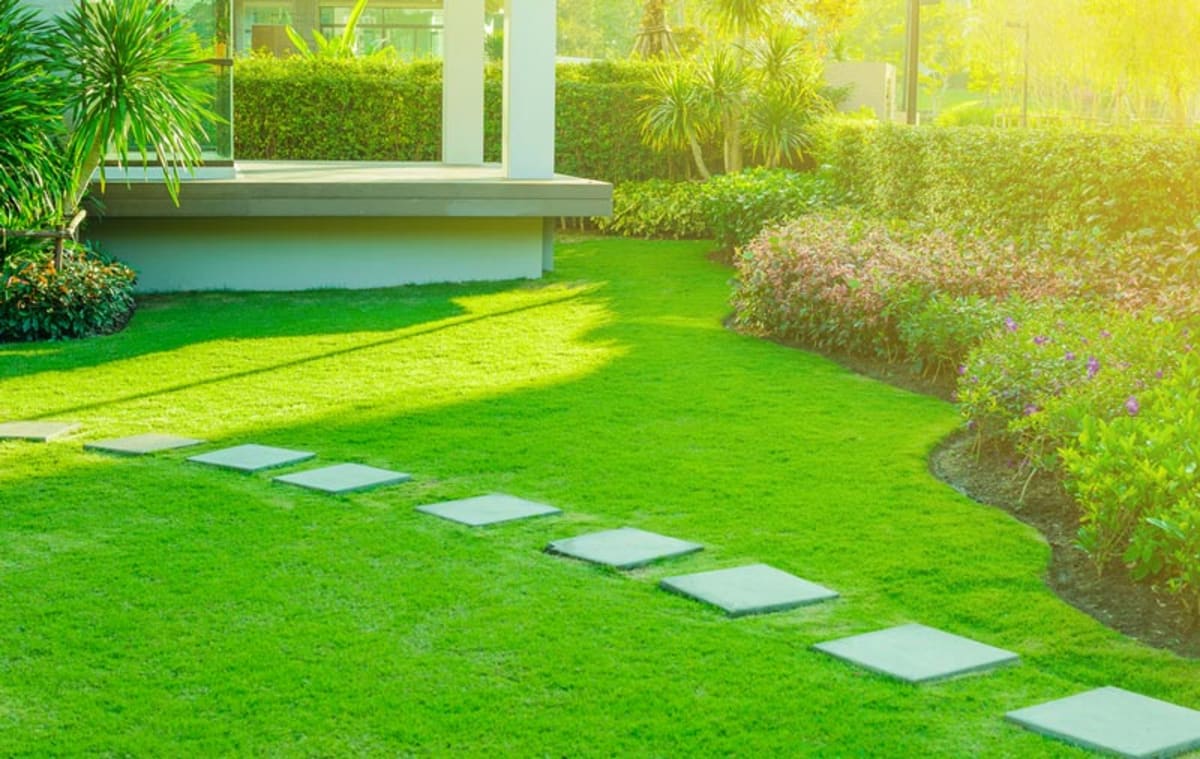
From a community viewpoint, sustainable landscaping plays an important function in boosting air and water top quality, minimizing urban warmth island impacts, and giving environments for regional wildlife. These benefits contribute to developing healthier and more lasting atmospheres for everyone to delight in.
Native Plants Option and Design
When intending a landscape style, selecting indigenous plants is necessary for enhancing sustainability and environment health and wellness. Native plants are adjusted to the regional environment, dirt problems, and bugs, making them low-maintenance and more resistant to prosper in their natural surroundings. Integrating indigenous plants right into landscape design develops not only improves biodiversity but likewise sustains pollinators, useful pests, and neighborhood wildlife.
Designing with native plants includes cautious consideration of aspects such as plant dimension, development behavior, bloom time, and water demands to develop a aesthetically attractive and lasting landscape. By picking a varied option of indigenous plants, landscape developers can create balanced communities that draw in a selection of types and add to the general wellness of the setting.
Furthermore, native plants can help reduce water consumption, decrease the need for chemical pesticides and plant foods, and boost dirt top quality through their all-natural procedures. With correct option and layout, indigenous plants can change exterior rooms right into growing, lasting landscapes that profit both the setting and the neighborhood.
Water Conservation Techniques
Incorporating native plants right into landscape design makes not just boosts biodiversity however also supports pollinators, advantageous bugs, and regional wildlife, which underscores the relevance of applying water preservation techniques in landscape design methods. Water preservation is vital for sustainable outdoor rooms, particularly in areas susceptible to drought or water scarcity. One effective strategy is making use of drip watering systems, which deliver water directly to the plant's origin zone, decreasing dissipation and runoff. Mulching is another useful technique that assists preserve soil dampness, suppresses weed development, and improves soil wellness.

Eco-Friendly Hardscape Solutions
The usage of eco conscious products in hardscape layout is a critical element of creating sustainable exterior rooms. Green hardscape solutions include a variety of techniques targeted at minimizing ecological impact while improving the aesthetic appeals and functionality of outside locations. Including materials such as permeable pavers, recovered timber, recycled plastics, and all-natural stone can considerably lessen the eco-friendly footprint of hardscape setups.
Absorptive pavers, as an example, permit rain to seep into the ground, minimizing drainage and preventing water contamination. Reclaimed wood includes a rustic beauty to exterior space while advertising the reuse of existing resources. Recycled plastics can be transformed into long lasting and low-maintenance hardscape aspects, using a lasting alternative to conventional materials. Natural rock sourced from regional quarries minimizes transportation emissions and blends sympathetically with the surrounding setting.
Maintenance Practices for Sustainability
To maintain the environmental a knockout post honesty of eco-friendly hardscape solutions, executing strategic upkeep methods is vital for ensuring long-term sustainability in exterior landscape design projects. Normal maintenance not just preserves the visual appeal of the landscape yet likewise contributes to its general sustainability by decreasing ecological effect.
One trick maintenance practice for sustainability appertains watering management. Reliable watering methods, such as drip watering systems or rainwater harvesting, aid conserve water and promote plant wellness. Furthermore, regular evaluation and change of irrigation systems can stop water wastage and make sure optimal hydration for plants.
One more crucial element of lasting maintenance is the accountable use of chemicals and fertilizers. Going with natural fertilizers and utilizing incorporated parasite management methods decreases damaging chemical drainage right into the setting, guarding both plant life and ecosystem balance.
Additionally, routine cleansing and maintenance of hardscape attributes like absorptive pavers or stone pathways avoid particles buildup and maintain functionality while supporting water seepage and drainage, thus decreasing the risk of erosion and flooding. Landscaping San Marcos. By adhering to these sustainable upkeep techniques, exterior landscapes can grow sympathetically while minimizing their ecological impact
Verdict
Finally, lasting landscape design uses countless advantages via making use of indigenous plants, water conservation techniques, environmentally friendly hardscape services, and sustainable maintenance techniques. By implementing these approaches, exterior areas can be transformed right into environmentally-friendly and cosmetically pleasing areas that support biodiversity and reduce environmental influence. Purchasing expert landscaping services that focus on sustainability can result in long-term advantages for both the environment and residential property proprietors.
From picking native plants to executing water preservation strategies and making use of green hardscape solutions, the possibilities for sustainable outside improvement are substantial. By executing sustainable methods such as xeriscaping, utilizing indigenous plants, and decreasing water use, residential or commercial property owners can dramatically lower their ecological influence. Water preservation is crucial for sustainable outdoor spaces, especially in regions prone to drought or water scarcity. By executing these water preservation methods, landscaping experts can create gorgeous, sustainable outdoor spaces that benefit both the area site and the setting.
In verdict, sustainable landscaping uses various advantages with the use of native plants, water conservation techniques, environment-friendly hardscape options, and Our site lasting upkeep methods.
